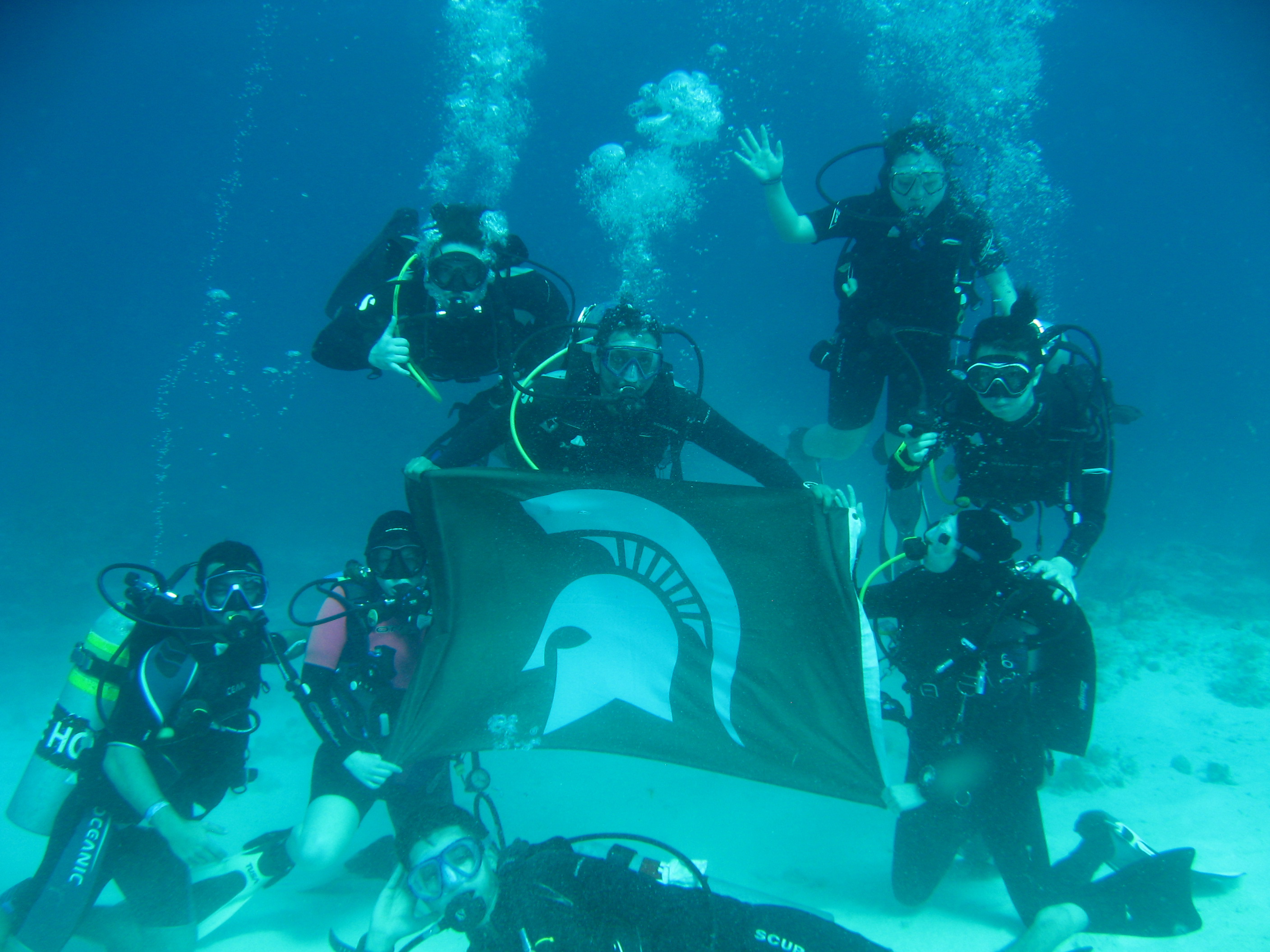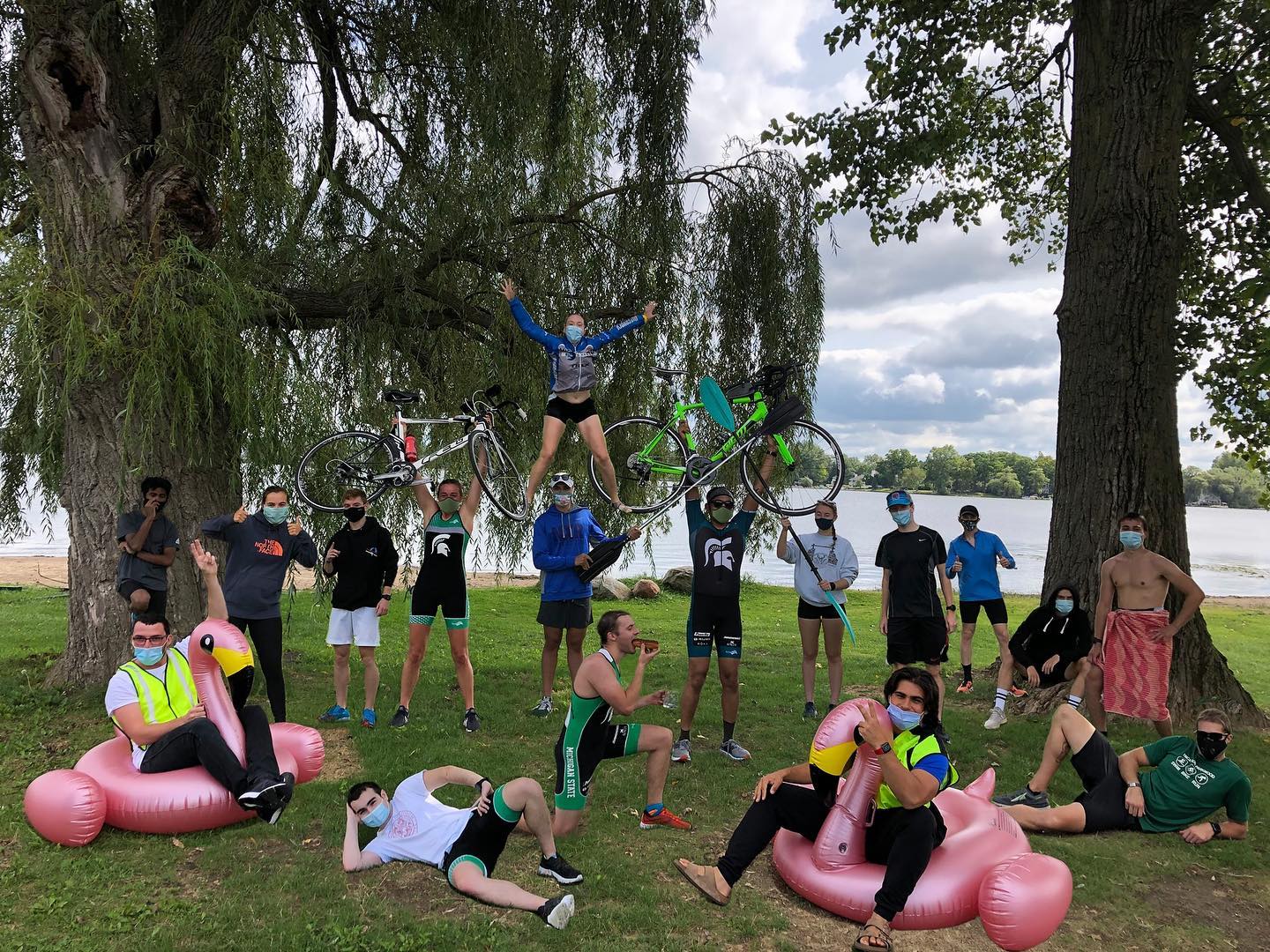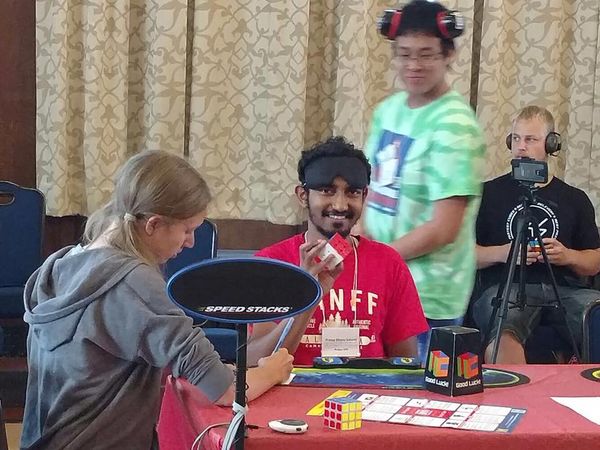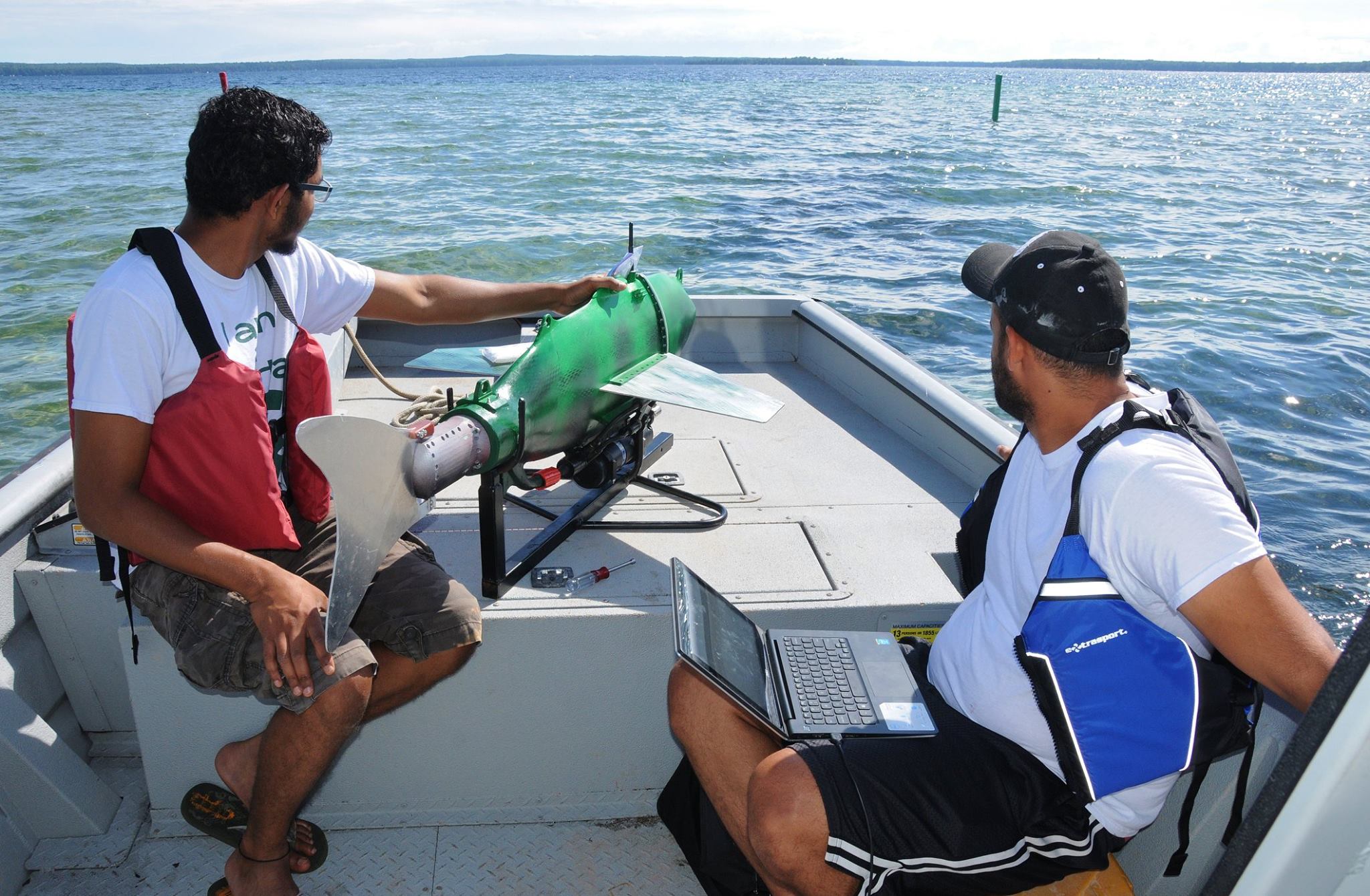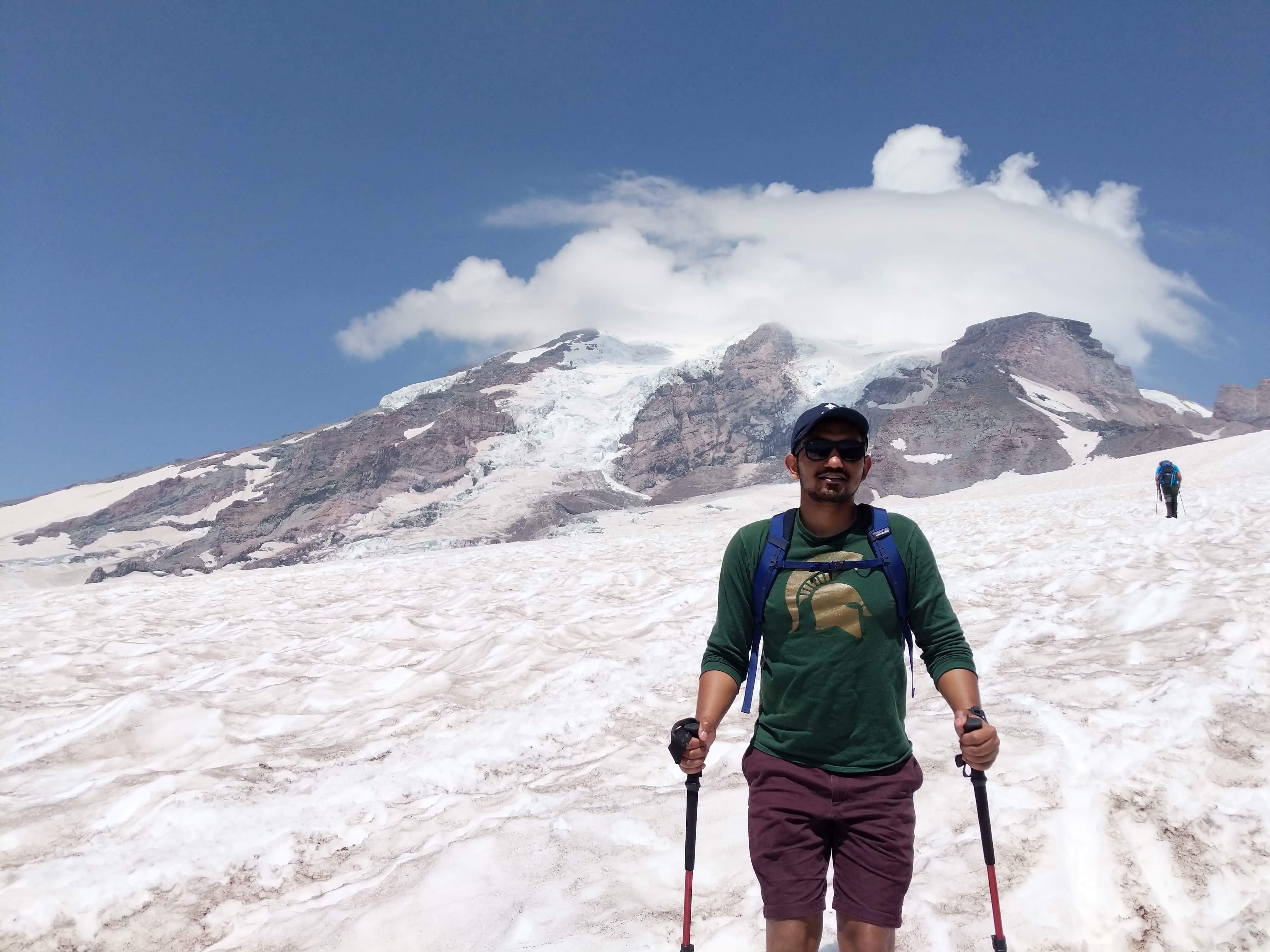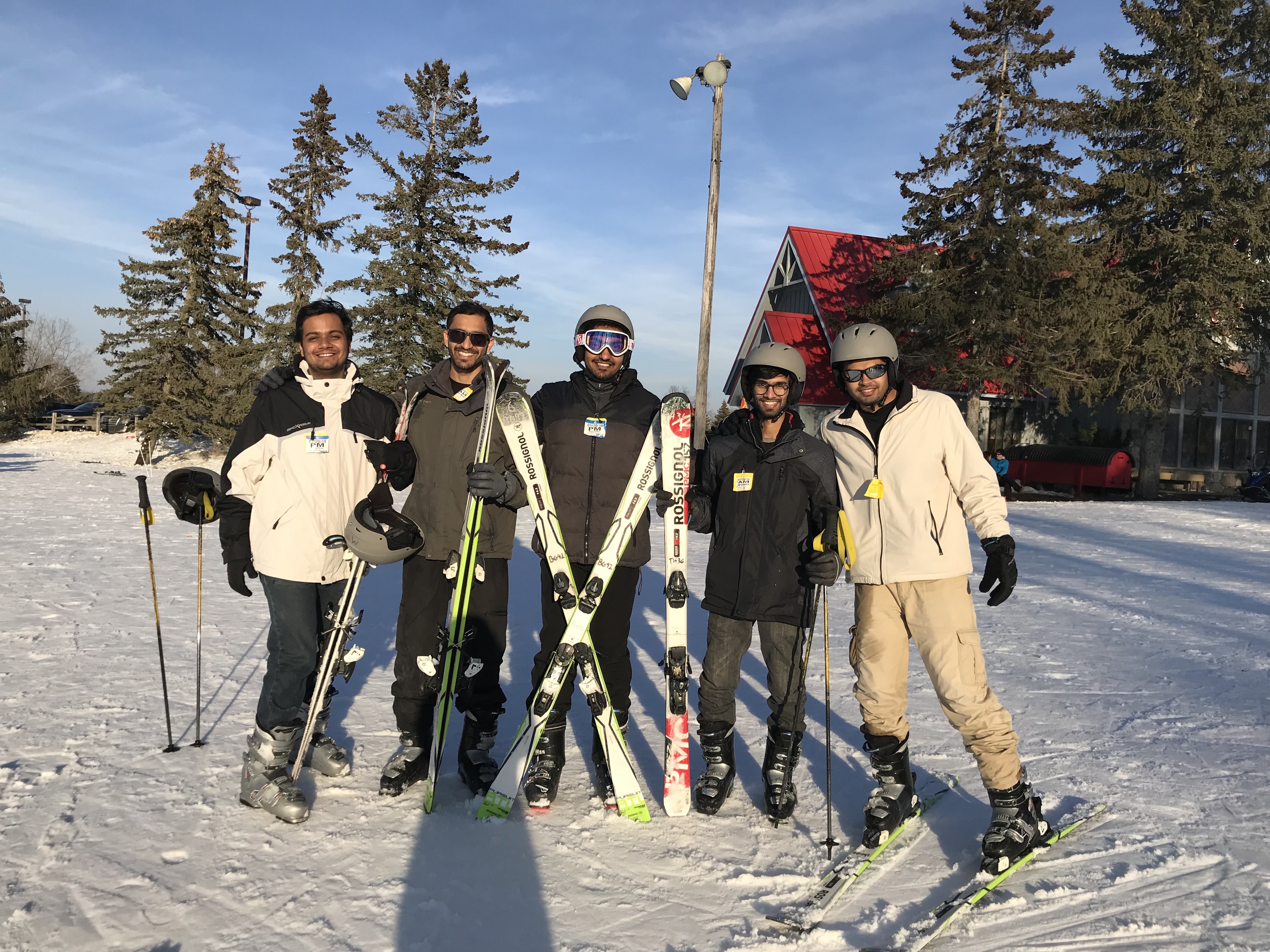
Pratap Bhanu Solanki
I am currently working a Senior Mechatronics Engineer at ASML US. I completed my Doctoral research with Professor Xiaobo Tan at Smart Microsystems Lab, Michigan State University. My research work centers around wireless LED-based optical communication for underwater robotic systems. In particular, my work focusses on developing robust alignment control algorithms to establish and maintain the required line-of-sight for communication. If the previous scientific jargons do not make sense, please have a listen to my podcast interview with Scifiles here, the conversation is catered to convey my research to a broad set of audiences. I have a balance of both theory and applications in my research work. My broad area of research interests includes design, modeling, simulation, and control of autonomous robots, with tangential interests in computer vision, advanced AI, and machine learning algorithms.
Problem-solving is my strength, and I enjoy brainstorming to find simple solutions to the problems associated with my field of research and diverse aspects of life that we encounter in general. I believe there always exists a simple solution to every problem. It needs a proper formulation, structure, and sometimes require experience, knowledge, and effort to connect the dots to reach the desired outcome.
My complete CV is accessible here.
